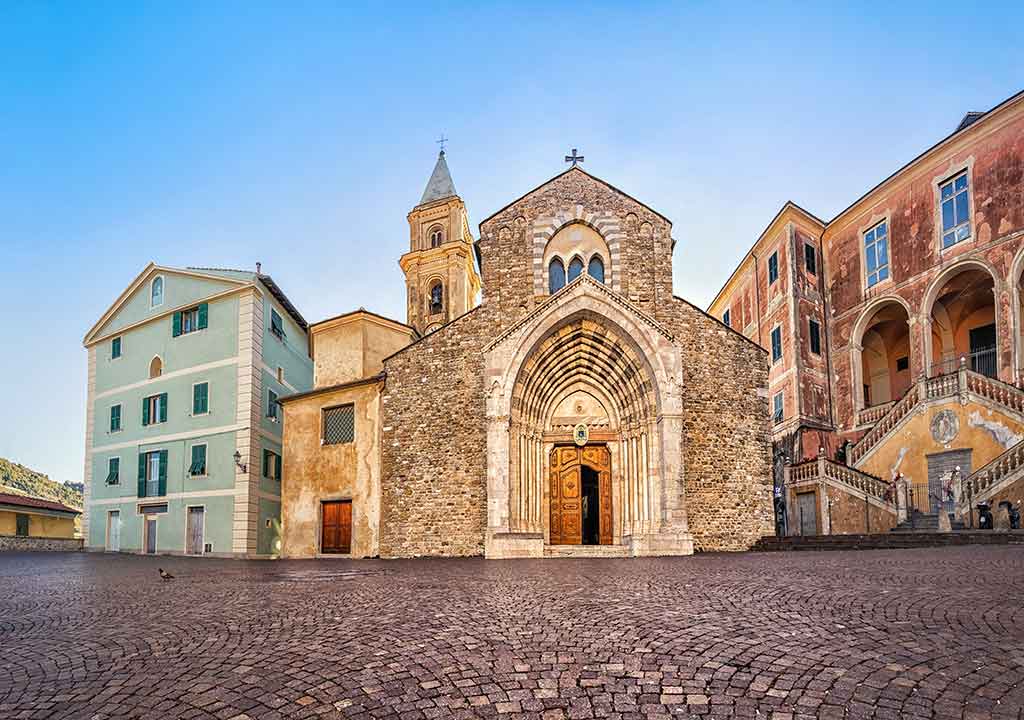Welcome
to Ventimiglia Italy. If you’are planning to visit Ventimiglia for your next trip and you are
looking for the best places to visit, here you’ll find tips and suggestions of most
popular point of interest and activities not to be missed in Ventimiglia and surrounding.
Travelers will appreciate this italian town with
his rich historical and artistic heritage, local culture and environment. Discover the monuments, buildings, natural
treasures and all the details that characterize Ventimiglia and its territory. Share and suggest a place you've
visited.

Liguria, Ventimiglia, Cathedral of Santa Maria Assunta
The
City of Ventimiglia, to which we often appeal as 'The Western Gate of Italy', 'The Border City' or 'The City of the Black Corsair', as well as the whole Conurbation Ventimigliese, despite being in Italy, belongs to the “Euro-Metropolitan Area of Nice”, a trans-national agglomeration that extends from the French city of Grasse to Bordighera, therefore having a pivot in the city of Nice. Renowned for its climate, its beaches now pebbly and sandy, now rocky and jagged, for its historical and naturalistic sites, it hosts important events of international appeal, such as the Battle of Flowers, the Medieval August, the Regional Finals of Miss Italy, the Desbaratu, and the great weekly Friday Market.
The
Cathedral dedicated to the Virgin Assumption, is one of the most significant monuments. It was erected in the Xl-Xll centuries on the ruins of the Cathedral of the Carolingian era. The tradition that it was built on the ruins of a pagan temple is based on the inscription dedicated to Juno Regina, which is still preserved in the Cathedral today. In the early Middle Ages the cathedral appeared in a single nave. In 1100 you were rebuilt entirely in the form of a basilica with three naves.
Also worth visiting is the
Church of San Michele Arcangelo, built by Counts Ventimiglia as a noble chapel so it was given to the monks around Benedictines of Lérins.
The church consists of a Romanesque structure of the eleventh century, which overlapped a reconstruction of the twelfth century limited to the apse, the central nave and the bell tower.
written by Adrian Pulford - Last update: 02/09/2021
This guide has been translated automatically through a third party service. Visititaly offers these automatic translations to help site visitors, however the automatic translations may contain inaccuracies, errors or inaccuracies. You can contact us to report inaccuracies or errors and we will check the translation.